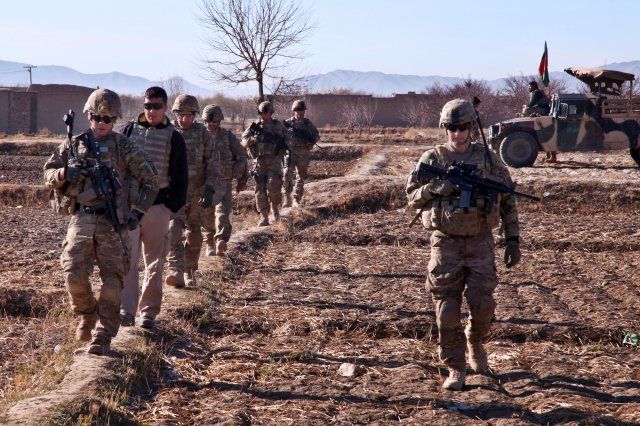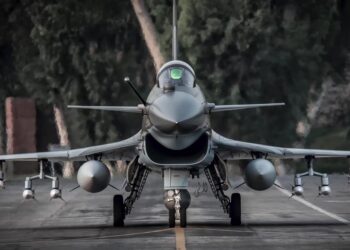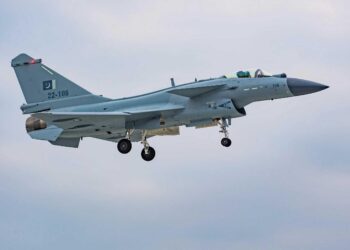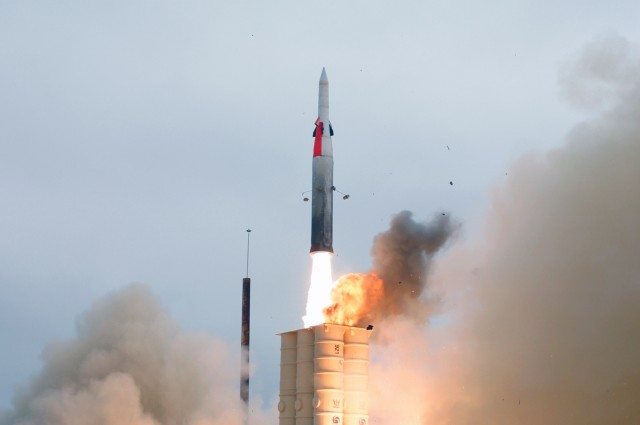With the sequestration doomsday clock clicking ever closer to midnight, the Pentagon has weighed in with its apocalyptic predictions. As described in text and multi-colored charts, the services will respond to sequestration by, in part, furloughing hundreds of thousands of civilian employees, eliminating planned maintenance events for hundreds of ships, planes and vehicles, reducing training activities, cutting flying hours, ending 24/7 missile warning and space surveillance radar operations, reducing forward presence forces and curtailing major modernization programs.
While many of the initial steps the military proposes are reversible in the short-run, if allowed to go forward they will progressively result in a hollow military. The more serious and incalculable consequences of the hollowing out of the U.S. military may be found in its effects on prospective adversaries, nations such as North Korea and Iran, even China, that are actively building up their military forces and who may see in their upward trajectories and our decline a moment soon in which the lines cross and aggression becomes an acceptable policy alternative.
One choice for the U.S. military is to avoid hollowness by reducing force structure. “Small but superb” was the description offered by a former Air Force Chief of Staff. The problem with this approach is that the smaller the military gets, the less it can do. From a two war capability it declines to only being able to fight one war at a time. If a second war starts, say Northeast Asia while we are involved in Southwest Asia, it would be just too bad for our interests or for our allies. Get a little smaller and you have a military that cannot fight a major conflict.
German Chancellor Bismarck is alleged to have responded to a question about his response should the British Army attempt an amphibious landing with the remark that “If the British Army landed in Europe, I’d get the Belgian police to arrest them.” The British Army was superb but small; suitable for colonial campaigns but, as its leaders discovered in the fall of 1914, inadequate in size and other respects for the realities of war on the Continent.
Our military leaders face a dilemma. What makes good management sense in light of a declining budget, shrink now in order to preserve modernization, only works if future demand for military assets can be reasonably projected. But what if demand increases suddenly? It is easier to bring to war readiness a large but hollow force than it is to build that force from scratch. Moreover, the true measure of military capability resides not just in the number or readiness of combat units. It is also a function of the capacity to support those forces once the decision is made to send them to war. Intelligence, communications, logistics, maintenance, medical care and training are the critical enablers that often mean the difference between success and failure in war. These assets are as difficult to recreate once eliminated as are combat units.
The Pentagon’s plan appears to be to accept increased hollowness as the price of protecting the large existing base of equipment, facilities, and people necessary to support a military capable of conducting multiple missions in different regions of the world. Unstated in this plan is their estimate of the future threat. The last time the U.S. sought a peace dividend, at the end of the Cold War and after Desert Storm, it seemed as if there were virtually no enemies left to oppose the U.S. military.
The desire by U.S. military leaders to preserve force structure is an expression of their views, albeit sotto voce, that our future will not be one of peace. In light of recent events in Mali, Algeria, Tunisia, Libya, Egypt, Gaza, Syria, Iran, Iraq, Pakistan, Afghanistan, the South China Sea, the East China Sea, North Korea, the Caucasus, Yemen, Somalia, outer space and cyber space, it seems difficult to argue with the idea that we may soon need a capable but more important even, large military again.











